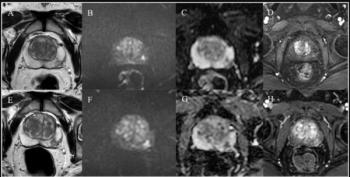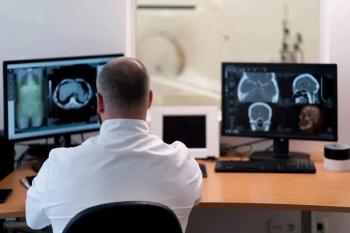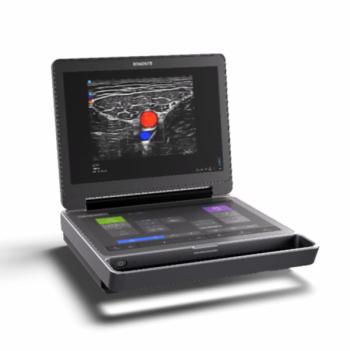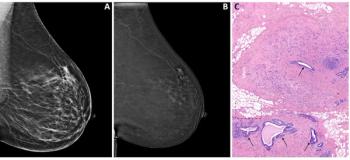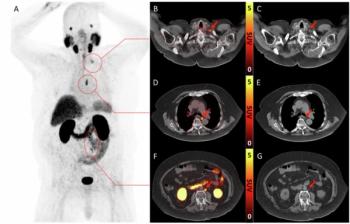
Siemens entices specialties to invest in dual-source CT
Siemens Medical Solutions is taking an a la carte approach to its dual-source CT, selling the $1.85 million scanner for individual applications rather than for general radiological use. Orthopods, urologists, and specialists of emergency medicine are the new recipients of many of the 220 installations of the Definition CT since its commercial release late last year.
Siemens Medical Solutions is taking an a la carte approach to its dual-source CT, selling the $1.85 million scanner for individual applications rather than for general radiological use. Orthopods, urologists, and specialists of emergency medicine are the new recipients of many of the 220 installations of the Definition CT since its commercial release late last year.
"We are approaching these specialists by offering clinical solutions to diagnostic challenges they face instead of offering them the sexiest CT in our portfolio on the virtue of its technology," said Peter Kingma, Siemens vice president of marketing.
While not the primary end users, as they have been for past flagships, radiologists still figure into this approach. Kingma explains that business and financial pressures over the past few years have led hospital departments to work closely with radiologists.
"We seldom find that we are entering into a turf battle," he said. "Five years ago, this might have been the case, but healthcare has moved on."
Siemens' Definition is well suited to take advantage of this evolution, according to Kingma. Orthopedists use the two x-ray beams at different energies to simultaneously visualize tendons, cartilage, and bone. Urologists apply the scanner to distinguish kidney stones caused by uric acid from ones of other origins so as to tailor treatments accordingly. Emergency physicians are signing on to diagnose patients complaining of chest pain.
The high spatial and 83-msec temporal resolution bolster the company's case for the Definition CT as a one-stop shop for ruling out, or in, the major diseases associated with chest pain, Kingma said.
"Patients with chest pain in the emergency department represent a dilemma for the hospital, as they start a process with many tests and costs," he said. "With the Definition, you can do a full-blown rule-out in one exam."
Dual-energy scans provide unique leverage for orthopedists to discriminate between bone and soft tissue, as well as between cartilage and tendons, just as they provide the means to distinguish a kidney stone's composition. Early research has shown the value of the technology in case studies reported from sites that include the Mayo Clinic.
"By operating both tubes simultaneously and acquiring at 80 kVp and 140 kVp, we obtain data continuously and reconstruct two complete sets of images," said Cynthia H. McCollough, Ph.D., an associate professor of radiologic physics at Mayo.
Siemens is also promoting its new CT as the way to handle obese patients. With a gantry 78 cm wide and patient table able to hold 600 pounds, it can examine virtually any patient, just as its dual-source imaging chain has the penetrating power to visualize any organ.
"You have two tubes and detectors that you can use to simultaneously scan, providing the power to penetrate the largest patients," Kingma said.
This multifaceted approach to address discrete needs may only hint at what Siemens' a la carte marketing might become. The company has developed an algorithm that automatically removes bone to selectively reveal blood vessels. Another removes plaque from the lumen of severely calcified peripheral blood vessels. A third focuses on perfused blood volume in the lung to illustrate perfusion deficits secondary to pulmonary embolus.
Newsletter
Stay at the forefront of radiology with the Diagnostic Imaging newsletter, delivering the latest news, clinical insights, and imaging advancements for today’s radiologists.

